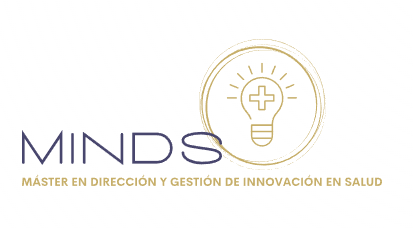The diagnosis of a joint prosthesis infection is based on a combination of clinical signs, laboratory tests, microbiological, histopathological, intraoperative and imaging studies. However, despite the availability of the various tests, none of them has absolute precision and the diagnosis of joint prosthetic infection remains a challenge. This relative difficulty in performing the diagnosis causes a significant effect on the prognosis of this type of infection.
Several investigations have evaluated the sensitivity and specificity of different tests for the diagnosis of infection associated with the implant, however, the individual or combined precision of the different tests had not been evaluated according to the time elapsed from the prosthetic implantation surgery to the diagnosis of infection associated with the implant.
The
group of Epidemiology and Pathogenic Mechanisms of Infectious Diseases of the Institute of Sanitary Research-IDIVAL, coordinated by
Dr. Carmen Fariñas, in the research area of biofilms and prosthetic joint infections has recently published a study conducted by
Dr. Marta Fernández Sampedro brings important knowledge in this field. The work has compared the precision both individually and in combination of the different diagnostic tests, such as culture of peri-implant tissue, sonic fluid, joint fluid, histopathology, C-reactive protein, for the diagnosis of infection acute (<3 months), subacute (3-12 months) and chronic prosthetics (> 12 months).
The results, which have been published in the journal BMC Infectious Diseases, show that, in addition to an infection associated with biofilm, in acute prosthetic infection the culture of sonicating fluid and peri-implant tissue reach the same sensitivity, without However, for subacute and chronic infection, the culture of sonicated fluid is the test that provides the highest diagnostic accuracy. When combining tests, such as histopathology and culture of peri-implant tissue, 100% of acute infections, 97% of subacute and 94.8% of chronic conditions are diagnosed. On the other hand, the combination of histopathology and culture of the sonicated fluid leads to a sensitivity of 100% to diagnose the three types of joint prosthesis infection.
Reference: Fernández-Sampedro M, Fariñas-Alvarez C, Garces-Zarzalejo C, Alonso-Aguirre MA, Salas-Venero C, Martínez-Martínez L, Fariñas MC. Accuracy of different diagnostic tests for early, delayed and late prosthetic joint infection. BMC Infect Dis. 2017; 17: 592.




















